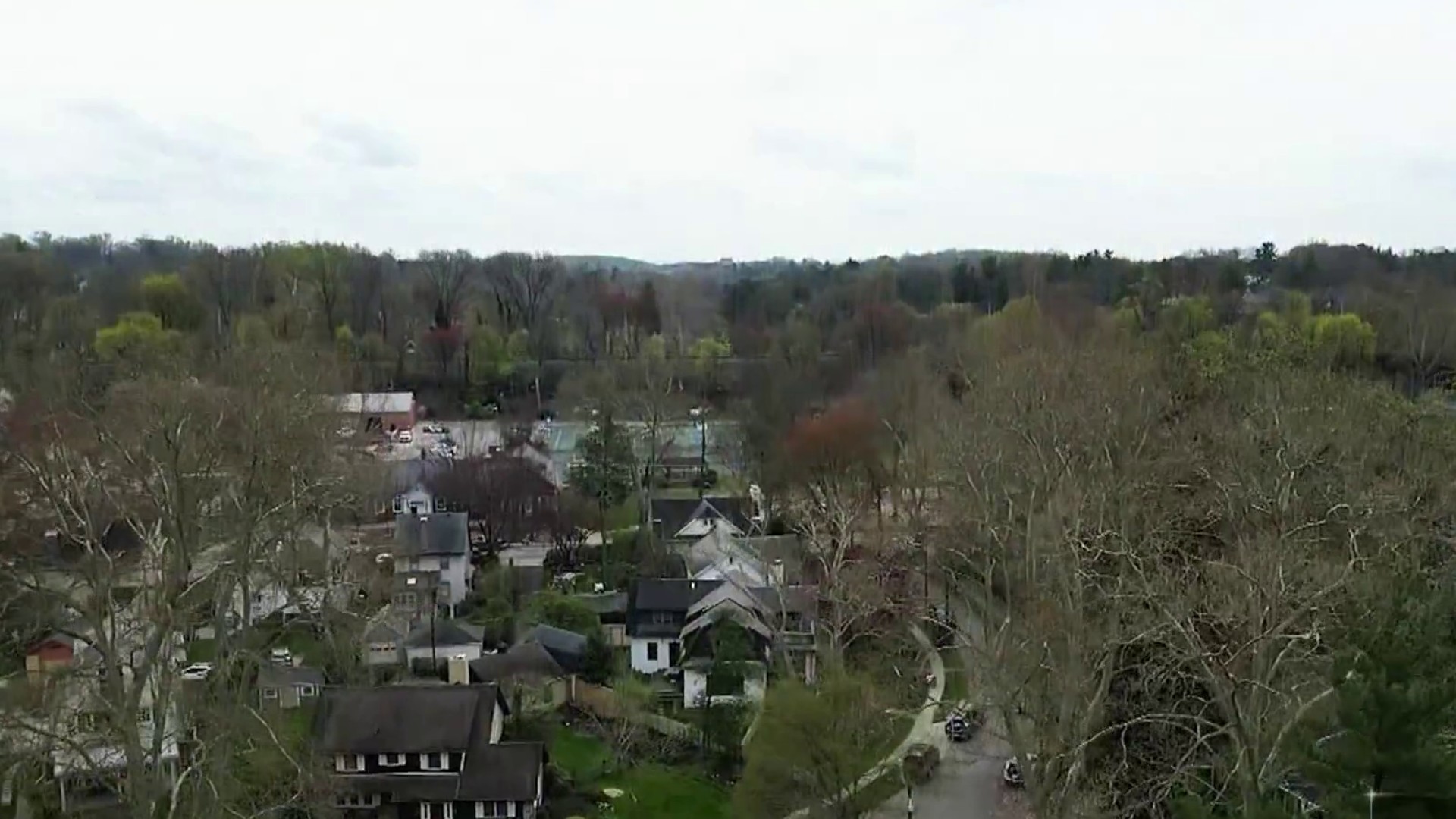Though the wiggling from a limb or post can last for days, that moment a monarch caterpillar transforms into a chrysalis lasts for about 60 seconds.
A creature of many wonders, the monarch or "king" butterfly is the only butterfly known to make a two-way annual trip, from Mexico to stops across North America, including western Pennsylvania — hatching, breeding and dying along the way — and then back to Mexico toward the end of October.
But in the fir forests of central Mexico, where monarchs swarm so thickly on branches they look like fall foliage, the population of overwintering butterflies this year plummeted by more than 50 percent to its lowest point in two decades — from covering more than seven acres of forest to an area now smaller than three acres, according to the latest census by Mexico's National Commission of Natural Protected Areas and the World Wildlife Fund Mexico.
Leaders at these organizations point to a decrease in milkweed from herbicide use in the U.S., as well as extreme climate variations last fall and summer, as one explanation.
LOCAL MONARCH WATCHING
At places like Laurel Hill, butterfly watchers are afraid they'll see fewer and fewer, which appears to be the trend over the past two years. "It used to be, almost religiously around July 18, we would see a lot of them, kind of all at once," Peck said. "We haven't seen that in the last couple years."
Though park employees do not keep formal records, Peck said they have seen the number of monarchs visiting the park's butterfly garden slowing. They'll be watching this July to see whether the ominous news from Mexico means, again, less orange-and-black fluttering, and then fewer caterpillars, at the park.
"Nothing is certain in nature," she said. "We're always hopeful."
Local
Breaking news and the stories that matter to your neighborhood.
Volunteer Joan Ansell has tended the park's butterfly garden for years with her sister. They waited two or three years before the milkweed seeds they sowed were blossoming plants, and then the monarchs arrived. The two of them recorded on strips of paper, lined with personal notes and handwritten tallymarks, the number of eggs and caterpillars left behind after the butterflies swarmed together in mid-July.
They started studying the monarchs at the park in 2003, according to her notes. Ansell, who lives in Somerset, is so enamored of the creatures that she wrote a poem of anticipation one year on the day before their arrival. By 2008, though, her notes show, something was wrong.
"They didn't come," she said, reading from her notes. "I found one large caterpillar. I don't know why the change." Frustrated, Ansell took home a chrysalis she knew was infested because she noticed a black dot. She wanted to know what bug was killing the caterpillars waiting to be butterflies. She still has the mason jar with a finger-tip sized empty shell, suspended from the lid and drilled with fine holes. It was a batch of tiny flying bugs, bodies the size of pen tips, that finally emerged from the dried chrysalis.
"There are so many things that have to happen for the butterfly to live," she said. "I've watched the chrysalises closely. There are very few that actually get to the stage where they fly away."
Ansell said she's seen only three caterpillars in the moment they form a chrysalis and maybe 50 monarchs emerge — wings wet and as beautiful as stained glass — in her lifetime.
"It's amazing," she said. "You wonder how this could happen. The whole thing is amazing from beginning to end."
She has admired monarchs since she was a girl, back when her dad would bring bundles of milkweed blossoms home. Then plants grew in nearly every patch of land left unattended, she said, and now they're much less prevalent.
"The monarch — it's another beautiful creature God has created," she said. "We don't want to lose it."
PLANTING MILKWEED
Kristin Sewak, proprietor and nursery manager at Berglorbeer Farma near Windber, said she usually sees the orange and black butterflies around July at her property, a National Wildlife Federation certified habitat.
For more than a decade, Sewak and the organization she founded, Natural Biodiversity, promoted the use of native plants — and the dangers of introducing potentially invasive species — as a way to sustain natural wildlife populations. The monarch is a prime example, she said.
"Exotic plants can become invasive because they may not have a natural predator. When they do become invasive, they can displace native species, like the milkweed, and destroy native wildlife.
"It's sort of like biological pollution."
Though the butterflies use many types of blossoms as nectar sources, they can lay eggs only on milkweed plants. Native to this area are several varieties of the perennial, all with delicate clusters of blossoms: The common with a lavender bloom, the butterfly with an orange bloom, the poke with white blooms and the swamp with pink blossoms. Ideal growing conditions vary a little per species, but they aren't difficult to grow once they are out of a pot, Sewak said.
The common variety grows best in full sun and tends to sprout up along roadways to get more rays, she said. That means municipal road crews often mow them down in an effort to clear brush and trees along the sides of roads. "Maybe it's an opportunity for education," she said. "Could they cut a swath that is less wide?" Municipal crews can clear as far back as the legal right of way at any property, a minimum of 16.5 feet from the center of a road, said Jack Biancotti, Somerset Township's secretary-treasurer. Mowing areas vary, he said, and depend on the mower's judgment of what hinders motorists' visibility.
"It's a safety issue," he said.
Sewak's three kids will run out after crews have cleared milkweed and try to rescue monarch caterpillars. More than once, she said, it has resulted in a new pet for around the Sewak house until butterflies emerge from their chrysalides and leave the family.
Though she still sees monarchs around her place — rich in milkweed and other native plants that provide nectar — she said she doesn't see as many as she used to when she ventures farther from home.
Honey bees drew international attention when scientists were scrambling to figure out how colony collapse disorder was diminishing the insects' population. Similar to bees, monarchs are pollinators. They help native plants grow and thrive.
"And they're part of our native heritage," Sewak said. "It would be such a shame to lose them."
Original story here: http://bit.ly/11YsUOc



